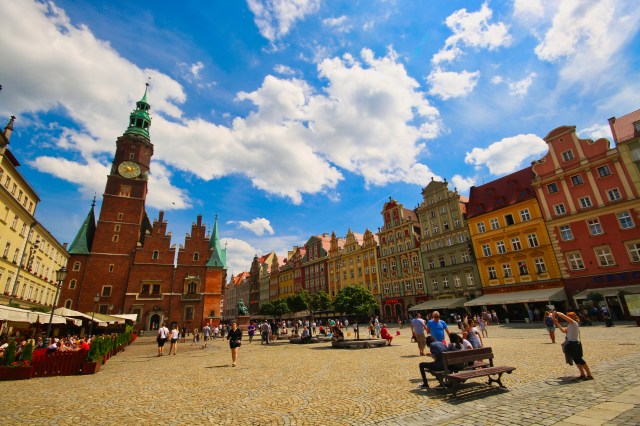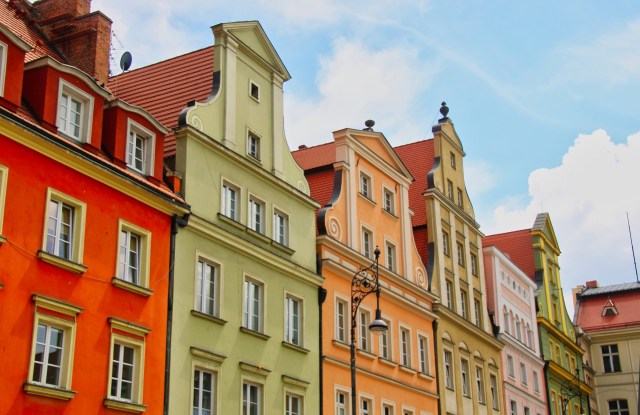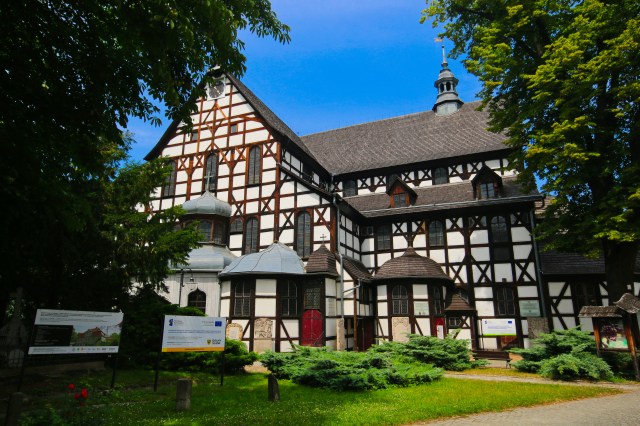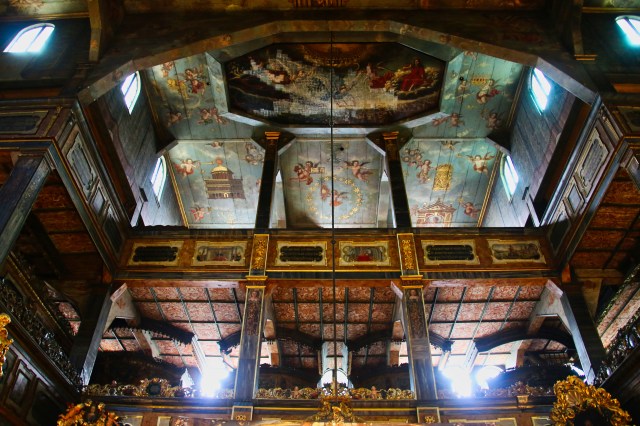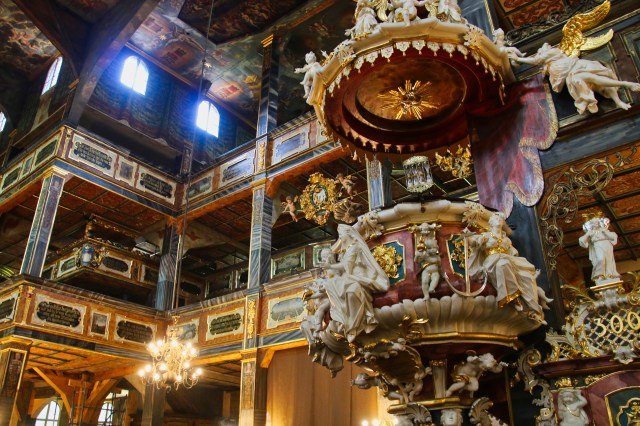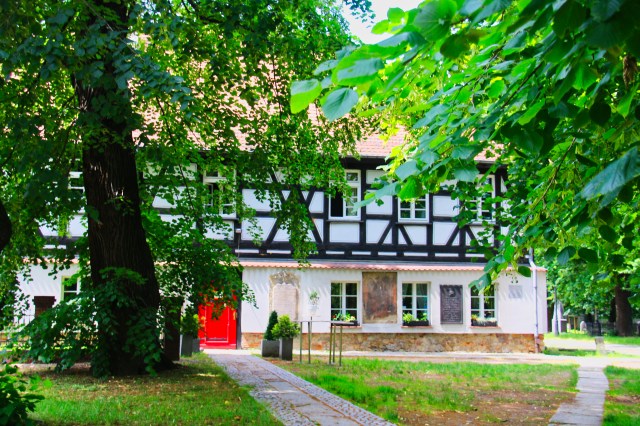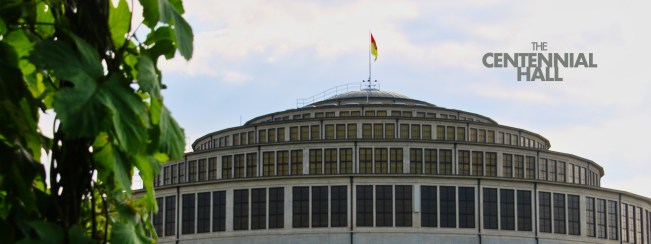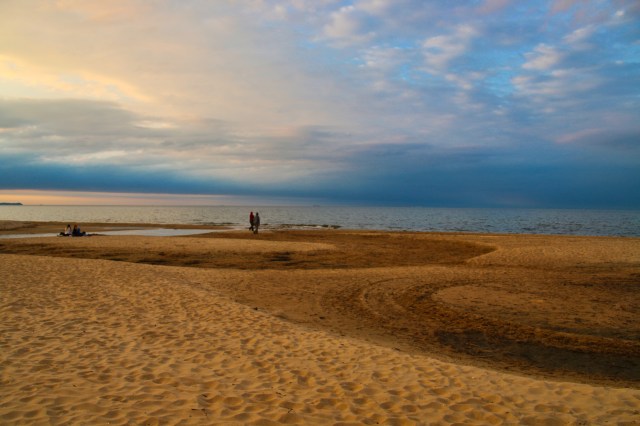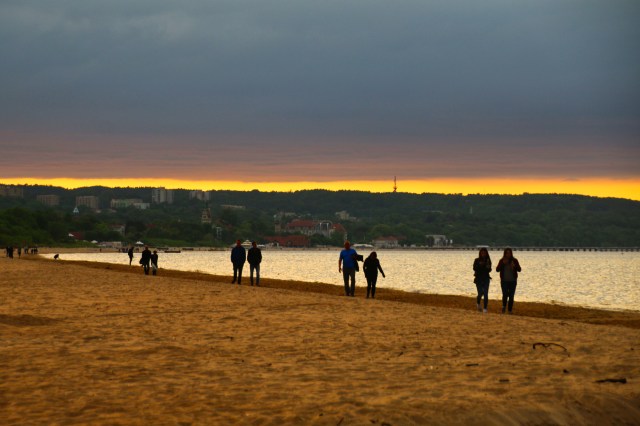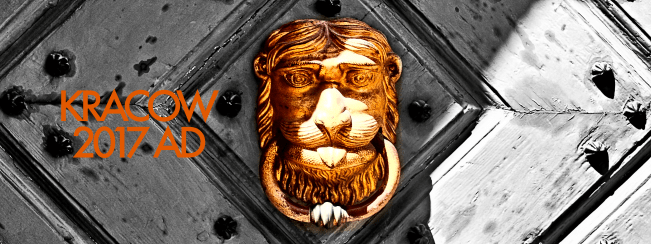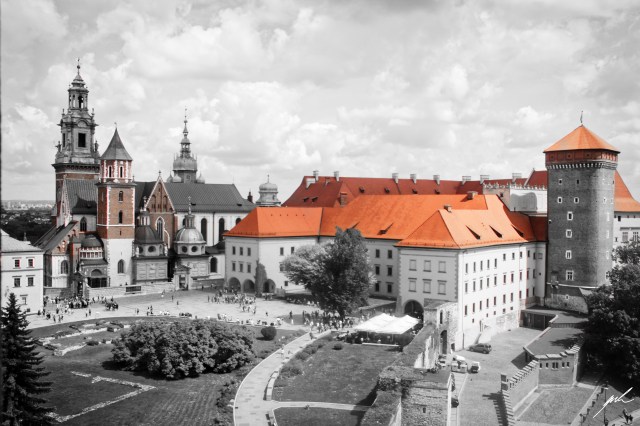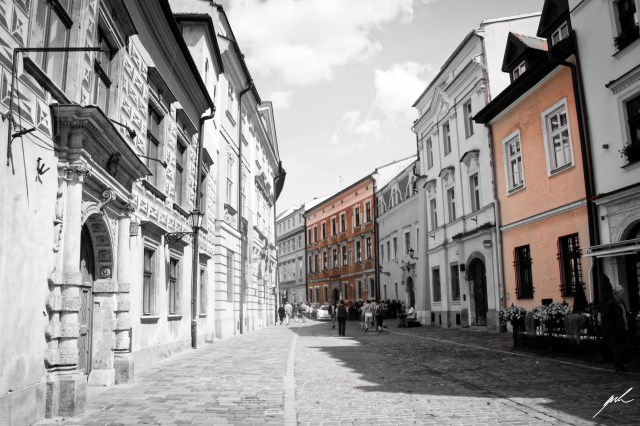Discovering Wrocław
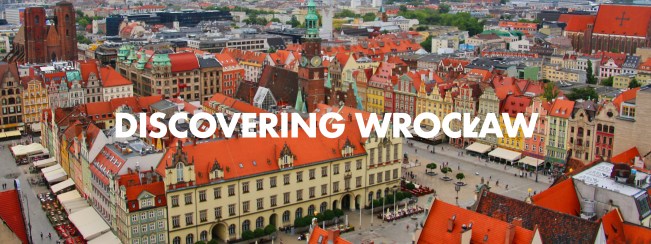
The city of Wrocław is the historical capital town of Silesia. A prosperous land in the center of Europe close to Bohemia. The town changed its affiliation several times. Founded by a Czech duke in the 10th century, it became part of the first Polish state and a political center of the Kingdom. In April 1241, during the First Mongol invasion of Poland, the city was abandoned by the inhabitants and burned down for strategic reasons. Later, it was repopulated by German settlers and became part of the German region of Silesia. After the 2nd World War and the westward border shift, Wrocław became Polish again. The city always was open to different ethnicities and languages, though. It is one of the most visited places in Poland and welcoming to tourists worldwide.
![]()

